Story Museum's new exhibition celebrates animals in fiction - from Wolf Wilder to Animal Farm
As children, we are in thrall to animals – they're all around us, in our books and as our toys. But the dual effect of growing up and scaredy-cat publishing has softened their beastly grip. It's time we gave wolves their bite back, says author Geraldine McCaughrean, and a new exhibition does just that. Bring your axe, Little Red Riding Hood…
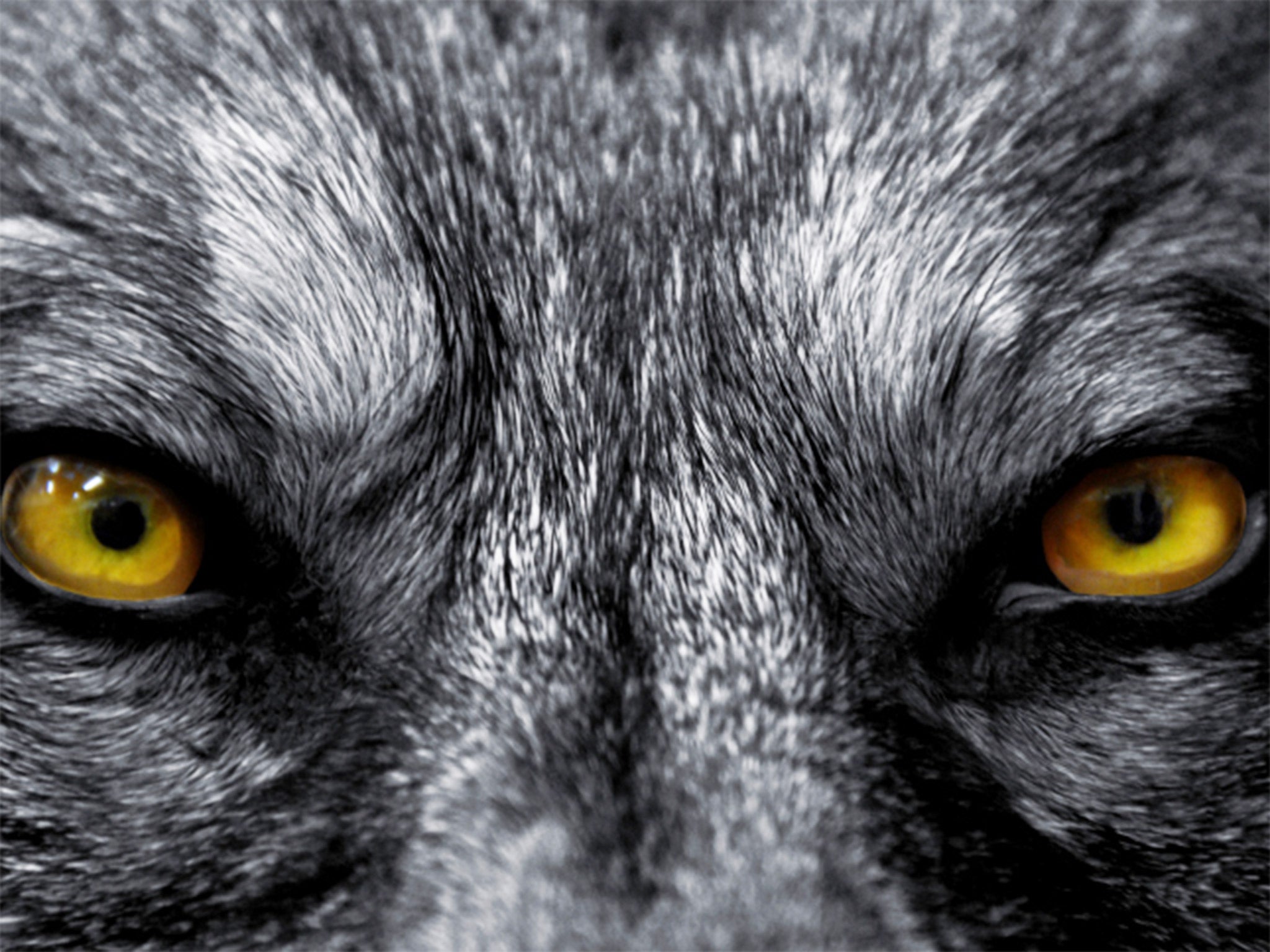
Your support helps us to tell the story
From reproductive rights to climate change to Big Tech, The Independent is on the ground when the story is developing. Whether it's investigating the financials of Elon Musk's pro-Trump PAC or producing our latest documentary, 'The A Word', which shines a light on the American women fighting for reproductive rights, we know how important it is to parse out the facts from the messaging.
At such a critical moment in US history, we need reporters on the ground. Your donation allows us to keep sending journalists to speak to both sides of the story.
The Independent is trusted by Americans across the entire political spectrum. And unlike many other quality news outlets, we choose not to lock Americans out of our reporting and analysis with paywalls. We believe quality journalism should be available to everyone, paid for by those who can afford it.
Your support makes all the difference.My sister's was Lulu Bear. My brother's was Pooh. Since they were handmade, and times were hard, Lulu Bear, in due course, was – well – cannibalised by Pooh, leading to a horrific discovery one day and an accompanying wail of "Pooh has eaten Lulu Bear!" My mother had thought enough time had passed and had restuffed Pooh using Lulu Bear's innards – but it hadn't of course. The toy to which a baby's heart cleaves in the cot smells and feels and looks like love. It exudes security and comfort. Barring a twin brother or sister, it is the first "significant other" in our lives and often the first time we succeed in projecting our personality on to another. And that is an early step towards identifying with another person. The toy, of course, thinks and wants and feels whatever its owner thinks and wants and feels, but it is a start. And that toy is usually an animal.
There ought to be something weird about lobbing bears, dogs, birds, rabbits and other wildlife into a baby's cot. Particularly the bears. At what stage did we start thinking it would be nice for our newborns to get up close and personal with a bear? But the fact is, children find bears easier to relate to than adults. Animals are less complex, less subtle, less dictatorial, less prone to temper and, of course, furrier. Hence the number of picture books that feature animals. Even dressed in clothes and inhabiting the roles of people, they are still animals.
It is largely the closeness of this affectionate relationship between children and wildlife which guarantees that Oxford's Story Museum's latest exhibition will be a roaring success. "Exhibition" does not exactly describe what you get here, though. It is more of a multi-sensory experience, with curl-up places for littlies, craft activities, room-sized story sets, zany machines… as well as talks and visiting events. But for the next year or so, the in-house "theme" will be "animal", and the animals in question come will stalk through the land of story, wagging their tales behind them.
I have written two animal books within the past year. One is a novel set on a seastack off St Kilda. I was working at a slight disadvantage here as, in order to inhabit my characters, I really needed a fowler's understanding of seabirds. Though I currently have a blackbird and a pheasant knocking on the kitchen door demanding to be fed, I'm not quite so closely acquainted with puffins, guillemots, stormy petrels and skuas.
But the people of Kilda, in the 18th century seemed to be part-bird. After generations of rock climbing, their feet evolved to be splayed and bird-like. Their teeth were gleaming white from chewing on dried bird meat. Without trees they could not build fishing boats, so they lived on birds – on them, with them, because of them. They thought in sync with birds, fearing only those that they believed to be the souls of drowned sailors, sea witches, or heralds of death. Birds were breakfast, lunch and supper, and the candles that lit their darkness (the fowlers would thread a wick through a fulmar bird, from top to bottom and light it; being so oily, the bird would burn right the way down).
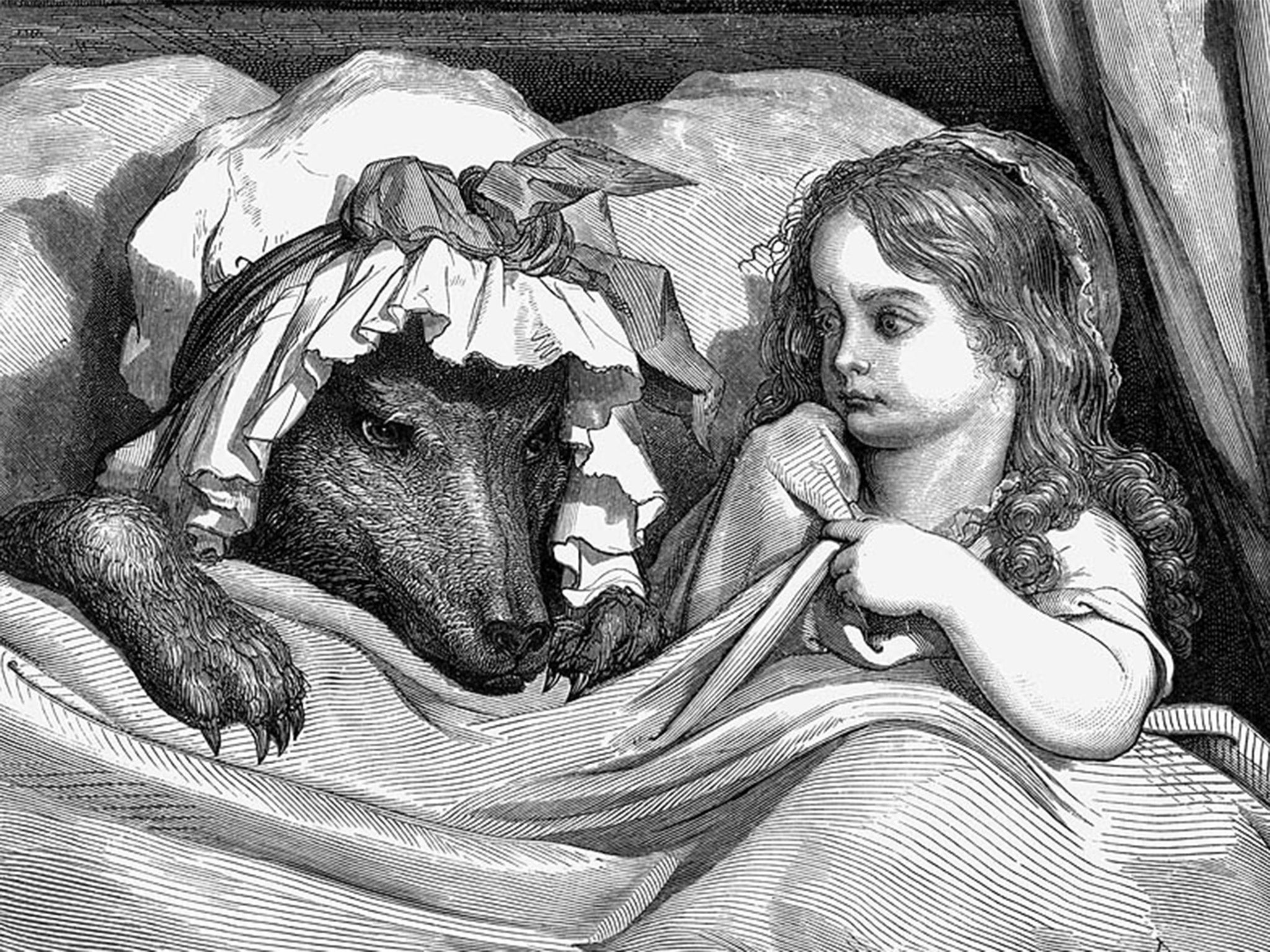
That spiritual closeness is lost to us almost entirely now. With the sole exception of one-for-sorrow, two-for-joy magpies, we credit birds with little magic. I'm told it's unlucky to bring peacock feathers indoors… but news of that hadn't reached Enfield when I was growing up. A tiny percentage of cultures still enjoy St Kilda's kind of closeness, lives locked together so utterly that is it moot where creature ends and human begins.
I have also just finished writing an anthology of animal stories. I was on more solid ground there. I am at ease with stories, just as other enthusiasts are with an aquarium of exotics or an aviary of parakeets. As a (mostly) children's author, I've had a lot of commerce with myth, legend, folk and fairy tales, and these swarm with animals. They date back to a time when the relationship between humans and animals was much stronger. The forest nestled closer and did harbour wolves. Men did ride horses to war and into far-off lands. Fishermen did starve if the fish wouldn't bite. Crocodiles and lions and tigers regularly ate people. When Roman soldiers put on bearskins and horse-mane helmets, they acquired the vigour of bears and horses. For some, the gods themselves were animals – or at least in part. The old stories are hugely varied and can be decidedly odd, but they should no more be lost than ancient temples and catacombs. Even national identities have been shaped by the indigenous wildlife of a region, from Russia's bear to America's bald eagle, giving rise to its myth and folklore.
When a nearby school heard about the museum's plans it volunteered to build a term's work around the project, with seven Year 5 classes taking seven tales from one of seven regions of the world and retelling them in their own ways, for their own times. The Story Museum supplied them with the marvellous luxury of a professional storyteller, and the children responded with plays, poetry, wall hangings and so on. The tapestries that now hang in the museum, inspired by the same stories, were specially made by an embroideress who shared her skills with the children. Each of the 49 appliquéd creatures represents at least one traditional story – though visitors are encouraged to supply their own "spider", "whale" or "giraffe" story.
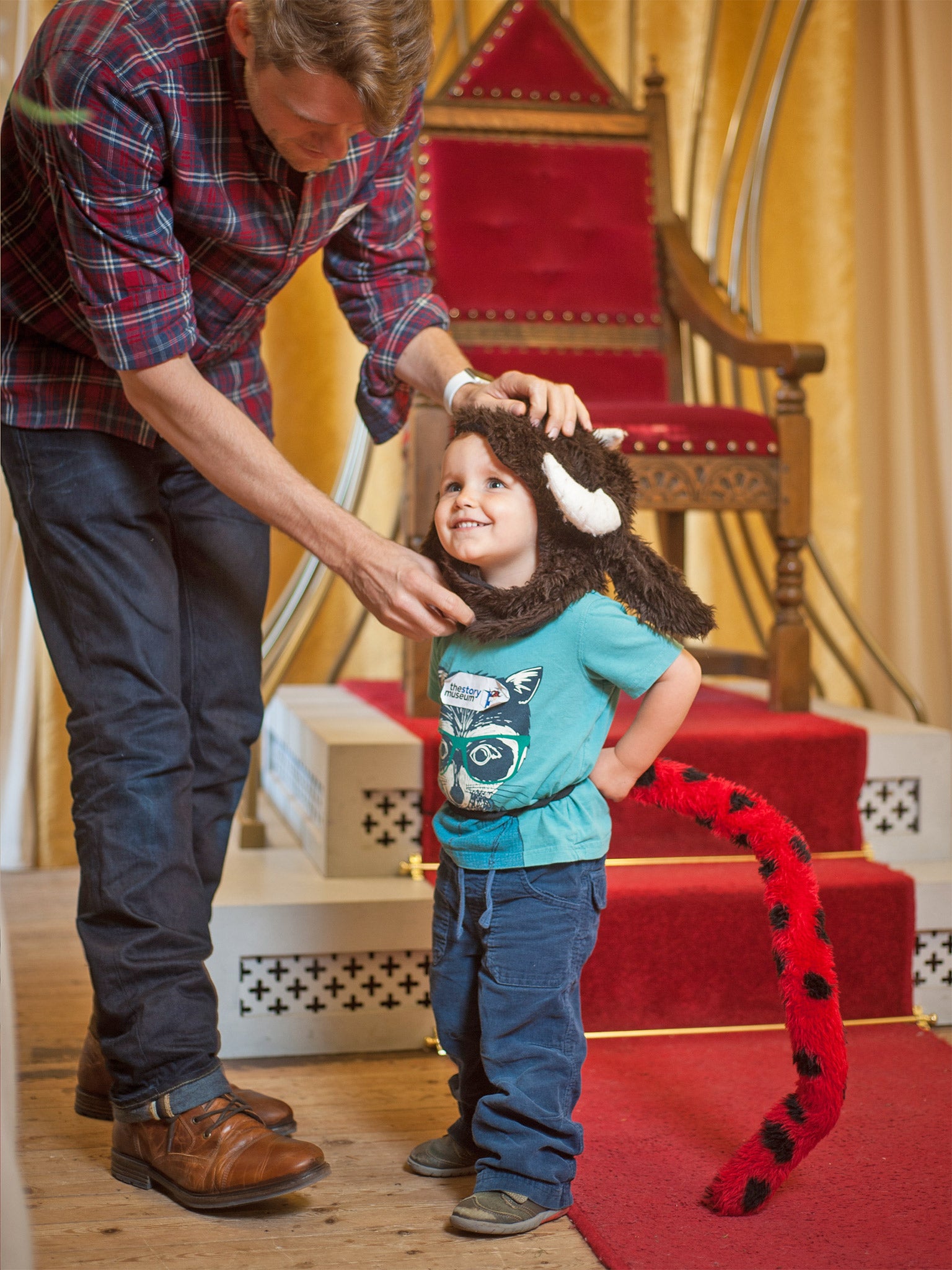
In the ancient world, so little was known about the lives of animals in the wild that they were accredited with fabulous attributes. Elephants could freely plod in and out of the Garden of Eden and eat from the Tree of Knowledge. Eagles would not die but would rejuvenate themselves like phoenixes. Crocodiles wept and sighed to lure victims within reach. Bees were generated in the rotting cadavers of oxen and lions. Monkeys could speak – they just didn't let on, in case they were put to work. Birds carried messages – and messengers – from the gods. Pelicans fed their young from their own hearts' blood. Knowing as much as we now do about the anatomy and habits of wild animals has reduced their mystical potential for story. Awe, revulsion and superstition have been replaced by a liking for wildlife documentaries. So an encounter with these old tales is a glimpse into a mystical world. The pity is that many stories have now been brushed up, toned down, robbed of their teeth, declawed and corralled in the children's department. Like endangered species, they have suffered by it, and dwindled.
Parents who take their children to the Story Museum for a treat often find just as much there of interest to themselves. But then that's what good stories do. Until about 200 years ago, very few animal stories were told specifically to children. Over the centuries, they have been put to all manner of uses: cautionary life lessons, philosophical illustrations, political satires, Buddhist sermons, parables, propaganda… They were a valuable currency carried by travellers into unfamiliar territory, where the species of the animal might change with time, but the story would survive. Stories evolve. Some were committed to the page by scholars, far more passed from mouth to ear, from parent to child. What they were not was the preserve of children, a mere soothing bedtime entertainment.
Aesop spells out his moral purpose at the end of The Ant and the Grasshopper. "Better to work hard now and relax later than muck about and then find yourself unready for life's hardships." Zoologically speaking this is possibly not even true. If you are an ephemeral breed of insect, you are probably better off procreating frantically, daubing around lots of larval DNA before winter kills you. But then Aesop wasn't talking grasshoppers. He was talking humans. And most of the world's history of animal stories has simply used animals to make a point about the nature of human beings.
Certain kinds of human beings are represented in the form of beasts with certain perceived characteristics: the cunning fox, the predatory wolf, the wise owl, the industrious ant, the stupid donkey. Roman de Renart is an anthologised bunch of 13th-century, grumpy, French and German satirists fulminating about corruption, simony, hypocrisy and injustice. The book promotes cunning as the greatest virtue and stupidity as the worst sin, and it is in a state of war with the church. Its hero, Reynard the Fox, ducks and dives his way through life like Del Trotter and, like Del Boy, he's not a villain. Now and then he too gets beaten to a pulp or outwitted, but he is always true to himself.
The joyous upside is that children can enjoy all these stories on one level and adults on an entirely different one. Until I retold it, I had never realised that The Blind Men and the Elephant was actually a Buddhist illustration of the different and limited perceptions people have of God; how all of these perceptions are partial, none the whole picture. And how our dogmatic convictions that our vision is the right one drives us to batter the living daylights out of those who believe something different. Pity allegory has lost its power in the modern world, isn't it?
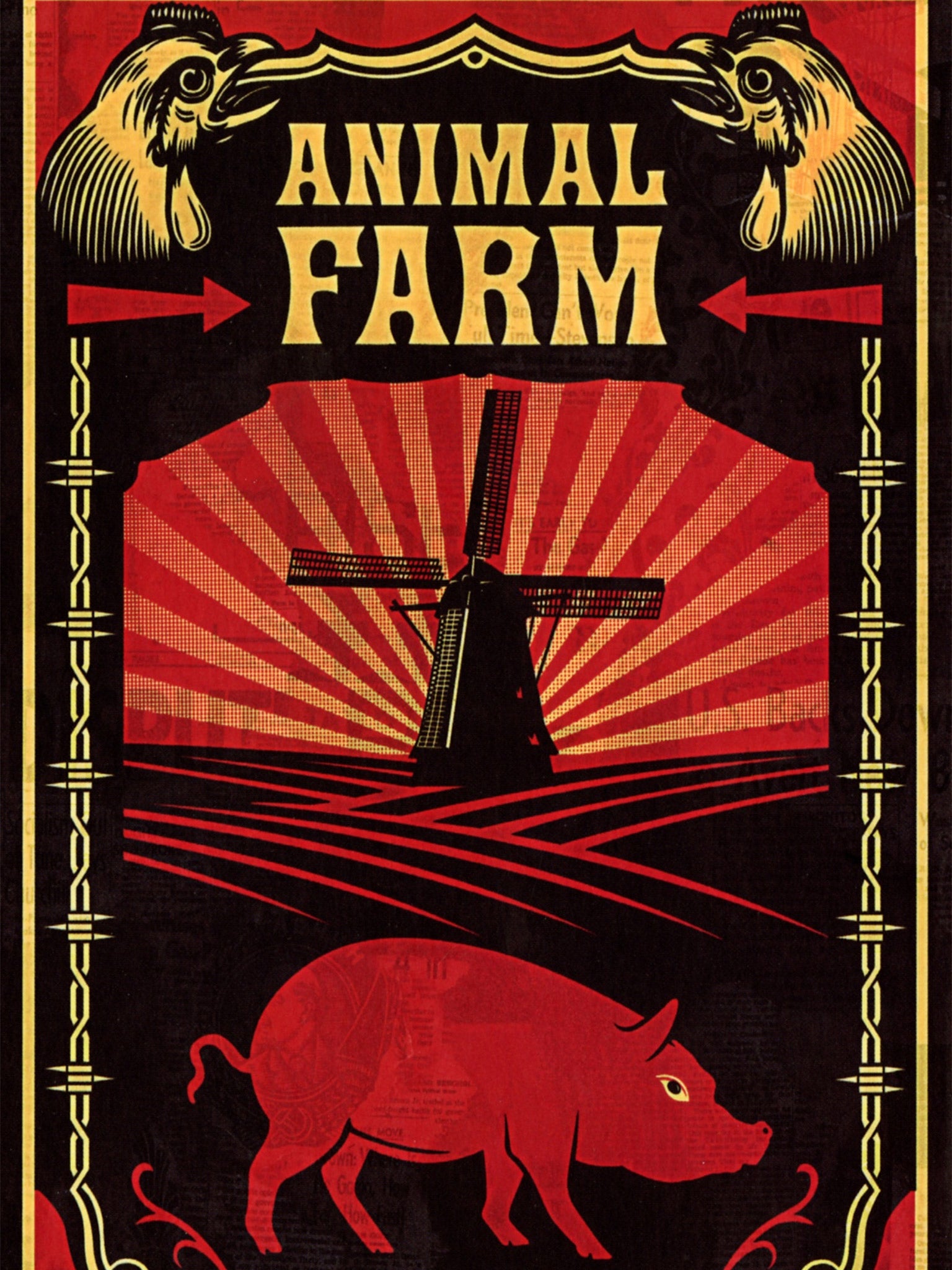
One of the consequences of consigning animal stories to the kiddy corner is that retellings then have to nicify them. (The stories, not the kiddies.) This has been carried to absurd lengths in current educational publishing, apparently the result of parental pressure as much as political correctness. Parents don't like their children to be upset by any unpleasantness. Since the original purpose of many cautionary tales was to teach important life lessons, making them "gentler" usually destroys their very point. Afterwards, they resemble life wisdom as closely as a jar of baby food resembles raw vegetables.
Must Little Red Riding Hood really get by without an axe? So that granny has either to be left inside the wolf or merely rescued from the wardrobe where her ravenous attacker has stashed her for later consumption? The full story is really saying: "There are wolves in the woods; they don't play by the rules; they aren't PC and given half a chance they will traumatise little girls – much more than this story ever will. So think on." But it says it at a subliminal level that (ideally) accretes, over a few story-filled years, into a general understanding that kindness is good, selfishness is bad; take advice; keep your wits about you; don't fall for a con; cleverness works better than brute force; friends are priceless; crime doesn't pay; bad stuff happens but life goes on.
Various very grown-up speakers will be addressing the topic of "animal" during the exhibition's run. They include Philip Pullman, Piers Torday, Michael Morpurgo and Katherine Rundell. Rundell's The Wolf Wilder is one of the books featured in the Museum's "Animals in Fiction" section – an encounter with books that actually makes you really want to read them. Gromit the dog is there and The Jungle Book's Shere Kahn, but so are Watership Down (originally written for adults) and Animal Farm, as well as Art Spiegelman's Maus which elevated graphic novels to the status of legit literature. Happily the museum's idea of a good book is not simply anything dating from your grandparents' time that is still in print. The ink is scarcely dry on The Wolf Wilder – or on Nicky Singer's Island.
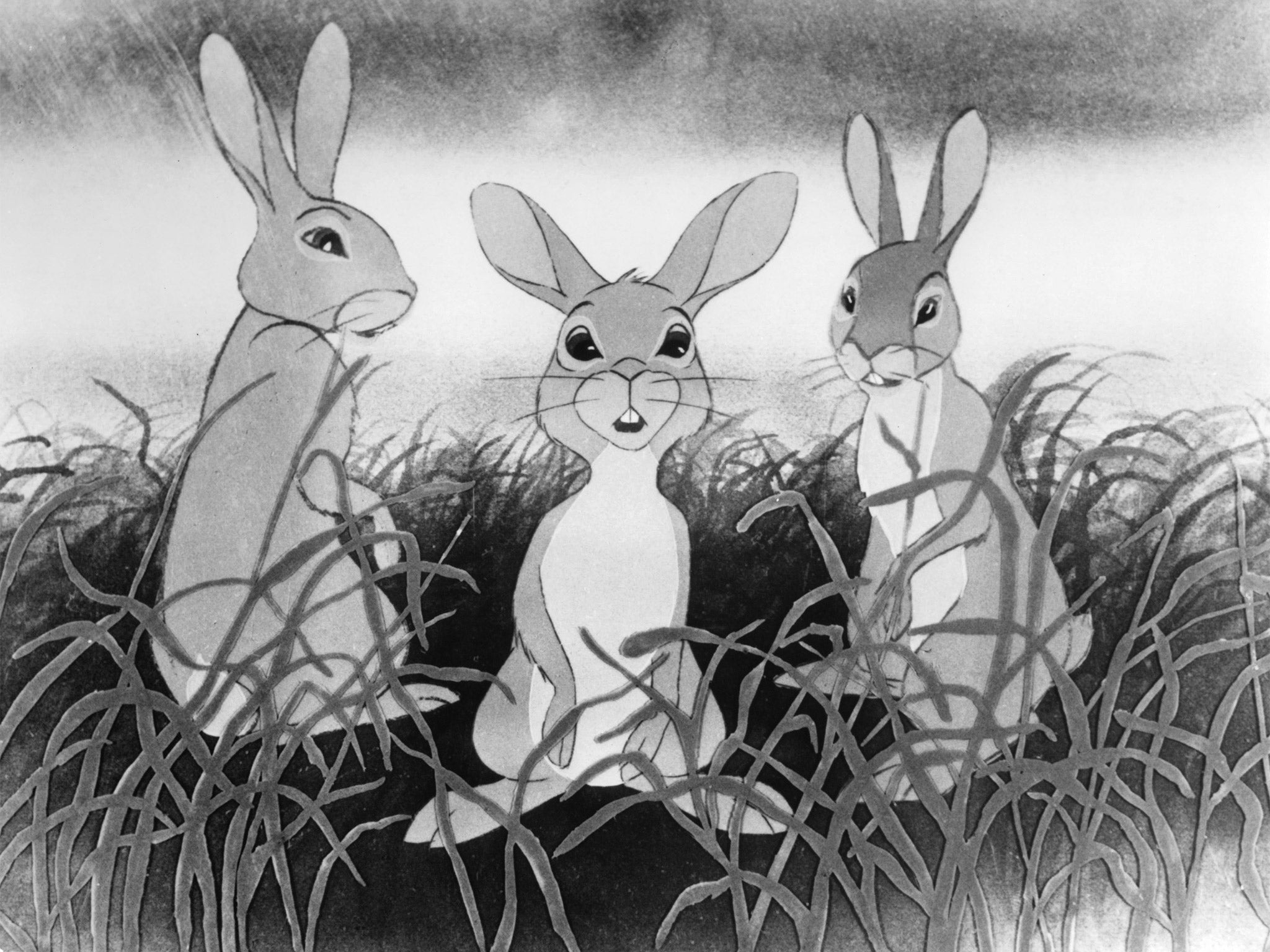
Island is a book that struggled to be published, for the horrifying reason that it was deemed "too literary for the present market". It has an ecological theme regarding global warming. It is a polar bear's bark at a cold moon. And naturally, "Animal: A Safari through Stories", a series of tableau room-sets, has the ideal opportunity for thinking ecological thoughts. The museum's immersive sets, which always fetch such gurgles of delight from visitors, have now been extended to recreate various animal habitats – meadow, jungle, urban, sea bed – populated by their wildlife. Given such opportunities and some heartfelt "green" fiction, there is always the hope that the next generation will be the one to find breed extinctions unthinkable and act to prevent them.
Occupying an old postal sorting office, the Story Museum is so labyrinthine that you feel you might easily meet a minotaur in the basement. But even if you don't, right now you will certainly encounter animals in plenty, galloping, swimming and leaping through their shared universal habitat: story.
Join our commenting forum
Join thought-provoking conversations, follow other Independent readers and see their replies
Comments